The Project Performance Equation: Firm Metrics + Client Metrics = Success

As the New Year begins, most businesses, including ours, look for ways to drive even greater success than last year. If you are like most professional services firms, you evaluate project performance based largely on the efficiency with which the project is completed. Unfortunately for most firms, they only look at half of the equation.
Evaluate Client Feedback for the Full Picture
Client feedback should focus on helping clients achieve the long-term success they desire by measuring all the metrics important to project performance. As the title suggests, this includes measuring both financial metrics and client metrics. Client metrics measure how well your process is meeting your client’s expectations at each stage of the project. If your team is not asking whether their client’s expectations are being met, they are making three dangerous assumptions:
- An existing project delivery process will meet a new client's expectations (or a new project manager will meet an existing client’s expectation)
- A client’s expectations of the project manager they have worked with before is not influenced by external factors
- You and the client have the same understanding of project communication, deliverables, etc.
Benefits of Client Feedback
When your firm uses real-time, project-based feedback, you give your clients the opportunity to share their changing preferences and priorities with you throughout the project. You eliminate the assumptions that can result in poor project performance and unmet expectations. You strengthen your relationships with your clients as they realize that you really care about their goals. Ultimately, because the feedback you request is designed to benefit your client, you also give them the ability to help you help them achieve the success they desire.
Some of the benefits of improving your project performance and creating success for your firm include:
- Establishing a reputation as experts, elite players with a premium brand.
- Reducing or eliminating re-work and scope creep
- Becoming the ‘go-to’ firm
- Impacting the bottom line by providing a steady stream of profitable work
As 2014 gets underway, let’s challenge ourselves. Instead of measuring the same things you have in the past and expecting different results, take the strategic step of tracking the metrics that matter. Just like, Peter Drucker says, “what is measured improves”. So the question to ask yourself is: Are you measuring the metrics needed to create the success you desire? Click below to learn more about measuring client metrics to create firm success.



 What is forecasting? Forecasting is a tool that many professional services firms use to help management make decisions based on past and current data trends.
What is forecasting? Forecasting is a tool that many professional services firms use to help management make decisions based on past and current data trends. 

 Achieving consistent project profitability while maintaining strong client relationships is at the top of most firms’ goals and objectives. And, while there are certainly a number of variables that must be integrated to make this happen, asking your clients for feedback during the project plays a valuable role. I’ve identified two scenarios that are common in the A/E industry. Incorporating feedback into your project management process has been demonstrated to have a positive impact on both.
Achieving consistent project profitability while maintaining strong client relationships is at the top of most firms’ goals and objectives. And, while there are certainly a number of variables that must be integrated to make this happen, asking your clients for feedback during the project plays a valuable role. I’ve identified two scenarios that are common in the A/E industry. Incorporating feedback into your project management process has been demonstrated to have a positive impact on both.
 Your firm is committed to using client evaluation surveys to ensure project success. So what do you do when your client gives you all high marks and you just know it isn’t true?
Your firm is committed to using client evaluation surveys to ensure project success. So what do you do when your client gives you all high marks and you just know it isn’t true?
 Each of your clients, like you, are individuals that have a unique definition for what a positive client service experience means to them. We can no longer treat everyone the same way – it just doesn’t work! Sending client surveys gives your firm the opportunity to ask clients what that terrific experience looks like to them – each of them. It also gives you the chance to show that your firm is serious about their satisfaction and to build stronger relationships. As a result of the thousands of survey results and comments we’ve seen, we wanted to share with you the top 3 reasons clients want you to send them a client survey.
Each of your clients, like you, are individuals that have a unique definition for what a positive client service experience means to them. We can no longer treat everyone the same way – it just doesn’t work! Sending client surveys gives your firm the opportunity to ask clients what that terrific experience looks like to them – each of them. It also gives you the chance to show that your firm is serious about their satisfaction and to build stronger relationships. As a result of the thousands of survey results and comments we’ve seen, we wanted to share with you the top 3 reasons clients want you to send them a client survey.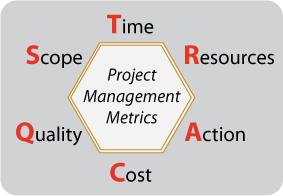 For firms in the project-driven Professional Services industry, managing a defined set of tactical project management metrics is key to meeting strategic objectives.
For firms in the project-driven Professional Services industry, managing a defined set of tactical project management metrics is key to meeting strategic objectives.
 In order to truly gain a holistic view of the organization, there are key financial ratios and indicators that project-based firms should focus upon at regular intervals. Some key project performance metrics need to be monitored on a real-time basis, or at least weekly, while others are more relevant on a monthly basis. Also, because firms must first win projects and engage in other activities that do not directly produce revenue, project-based firms should also regularly monitor firm-wide metrics.
In order to truly gain a holistic view of the organization, there are key financial ratios and indicators that project-based firms should focus upon at regular intervals. Some key project performance metrics need to be monitored on a real-time basis, or at least weekly, while others are more relevant on a monthly basis. Also, because firms must first win projects and engage in other activities that do not directly produce revenue, project-based firms should also regularly monitor firm-wide metrics.

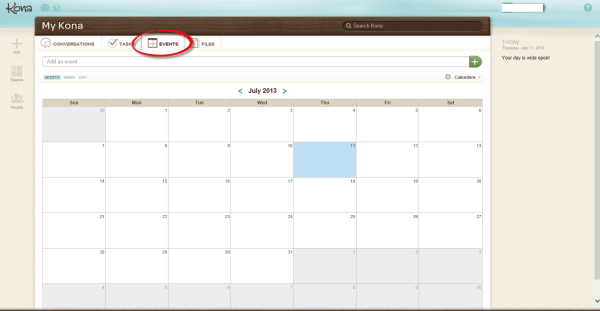
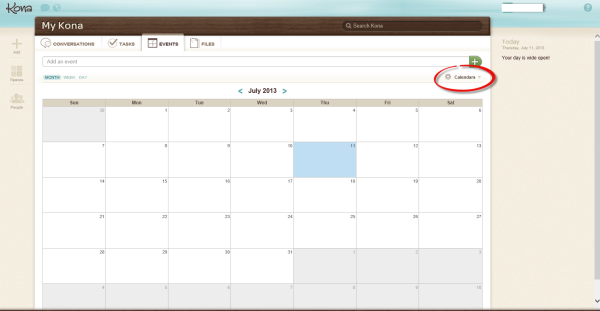
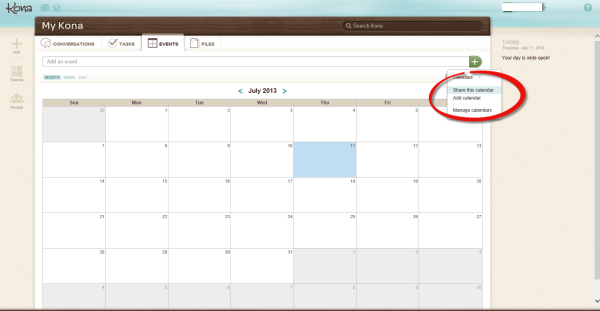
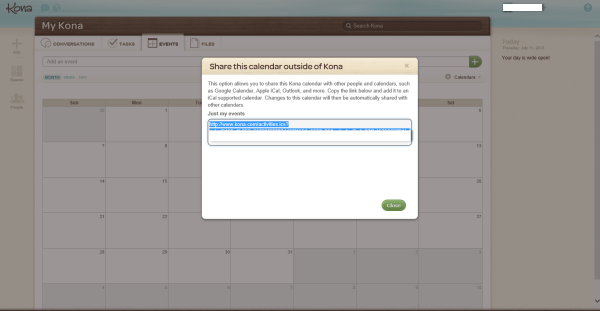
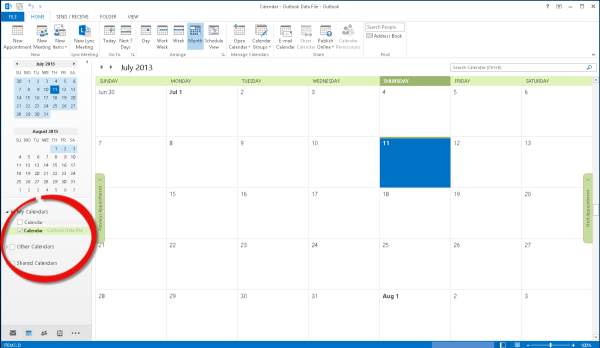
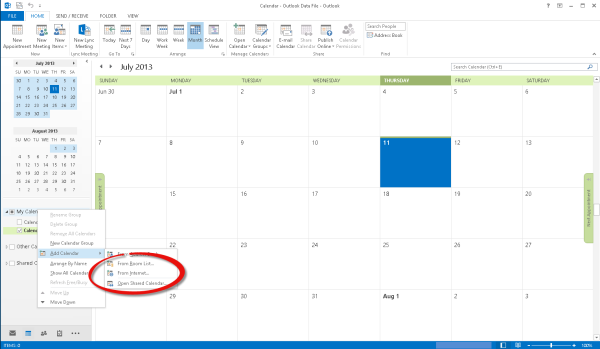
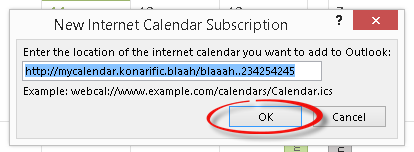
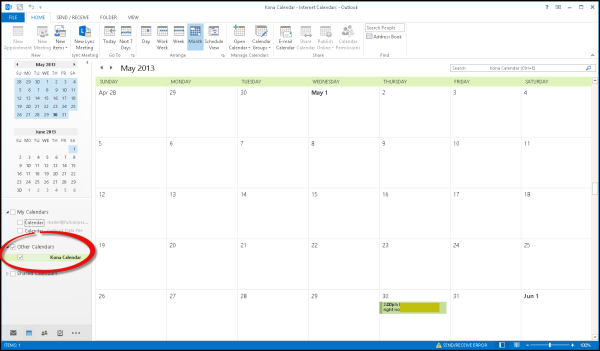
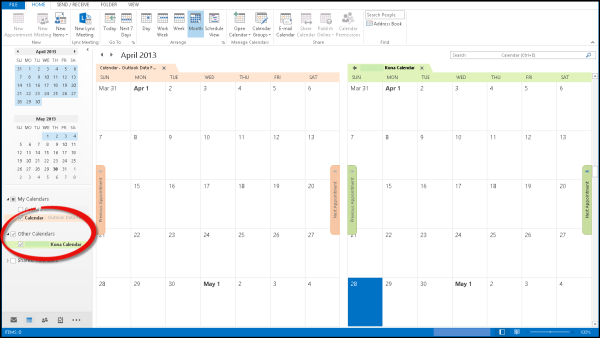
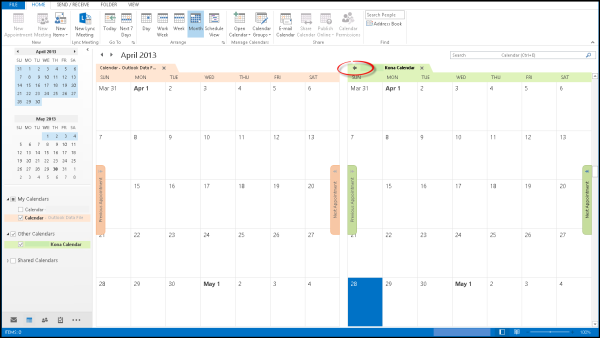
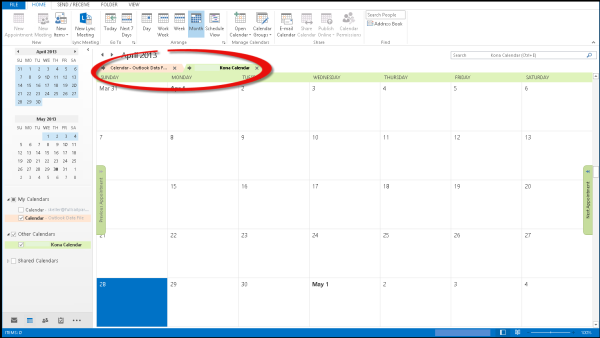
 At the core of a project-based firm’s business is the need to monitor the progress of your projects. As Project Manager’s we are busy and we need quick, real-time information to help us steer our projects. Just as a dashboard in a boat identifies and provides feedback regarding the status of our voyage – the speed, the wind angle, the wind force, and the navigational direction – a
At the core of a project-based firm’s business is the need to monitor the progress of your projects. As Project Manager’s we are busy and we need quick, real-time information to help us steer our projects. Just as a dashboard in a boat identifies and provides feedback regarding the status of our voyage – the speed, the wind angle, the wind force, and the navigational direction – a  But it’s not just the act of measuring – it’s measuring the RIGHT things and then utilizing what was learned from the results. When trying to improve the performance and evaluation of your team or team members, what should be measured (and how) become critical questions.
But it’s not just the act of measuring – it’s measuring the RIGHT things and then utilizing what was learned from the results. When trying to improve the performance and evaluation of your team or team members, what should be measured (and how) become critical questions.